Sussex & Surrey
Turfing
Lawn Mowing
Tree Felling
Garden Clearance
Sheds & Log Cabins
Fencing
Decking
Strimming
Patio's
Paths
Swimming Pools
Site Clearance
Hedge Cutting
Recent Posts
-

Landscaping on a Budget – How Sussex Landscapes Can Help You Make the Most of Every Penny
3 October 2025 -
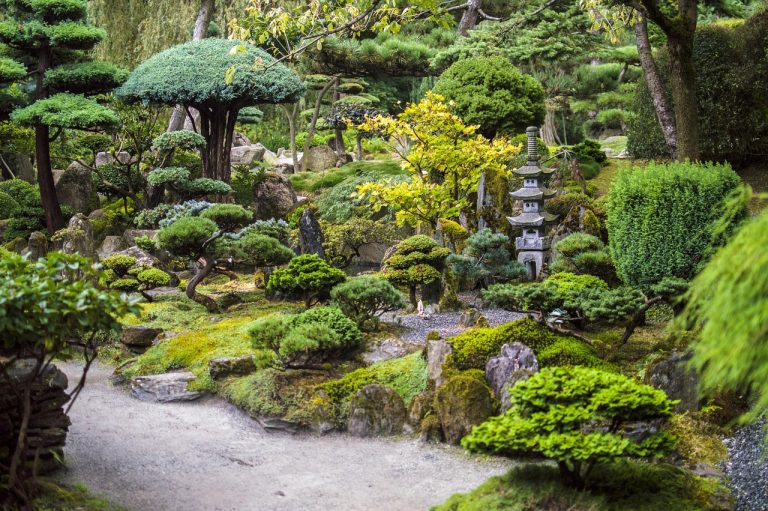
"How to Create a Japanese Garden: A Guide to Peaceful Outdoor Spaces"
15 September 2025 -
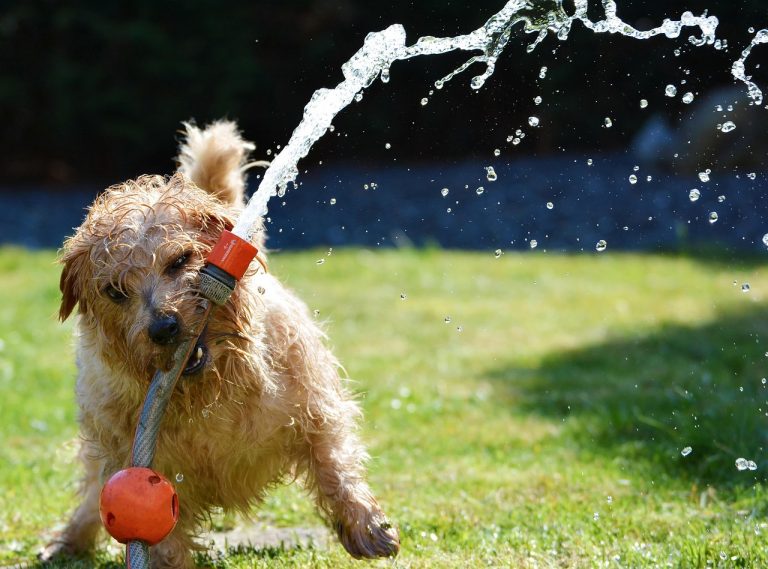
How to Dog-Proof Your Garden
1 September 2025 -
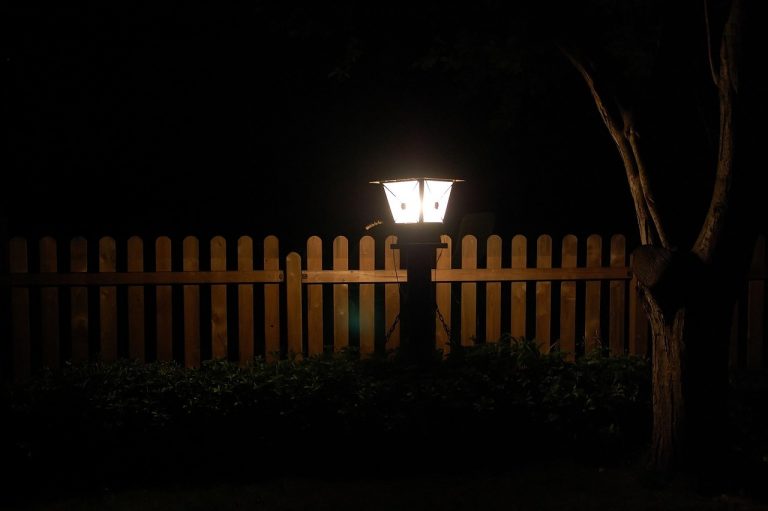
A guide to all kinds of outdoor lighting for gardens
29 August 2025 -
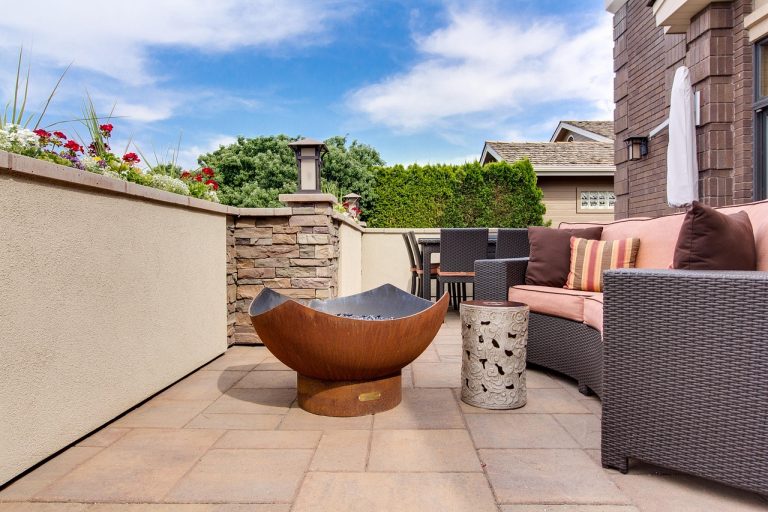
How to Create a Lawn-Free Garden
28 August 2025 -
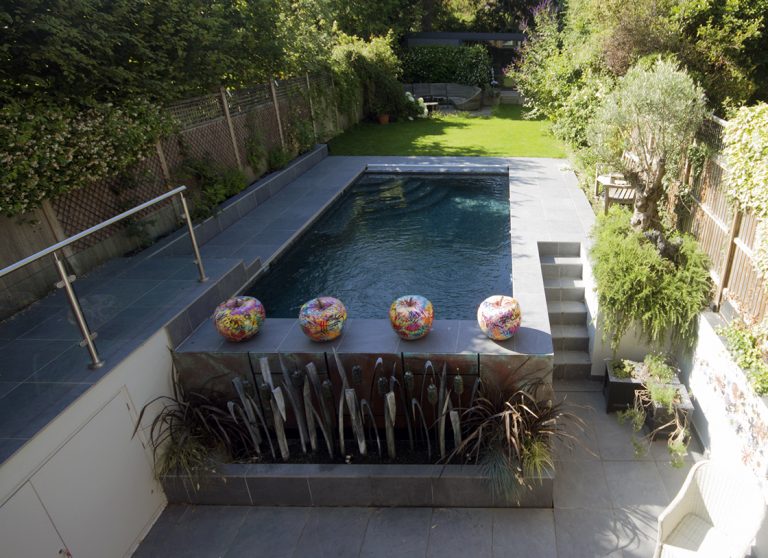
How to design a small garden space
24 August 2025 -
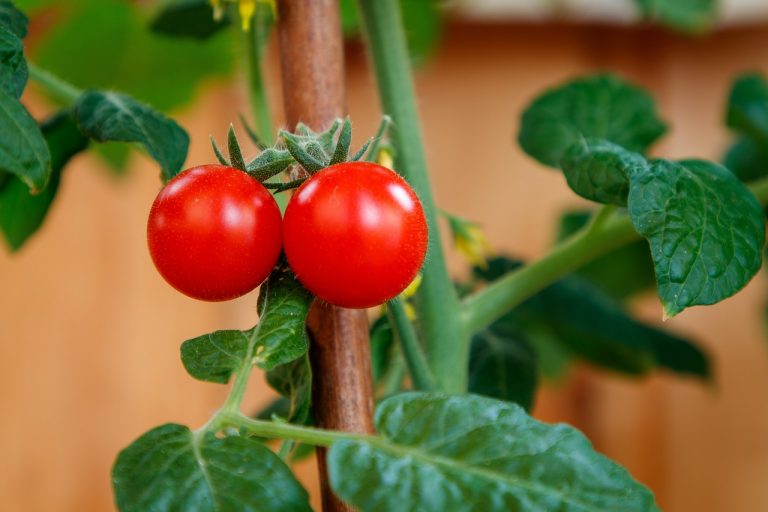
10 Tips for Growing Outstanding Tomatoes in Your Backyard.
23 August 2025 -
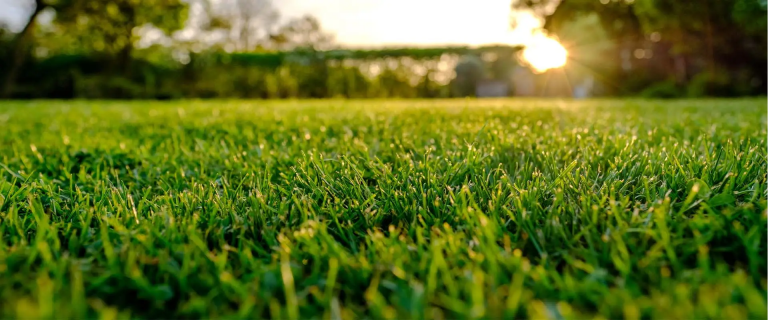
The Best Grasses for a Drought-Resistant Landscape.
23 August 2025 -
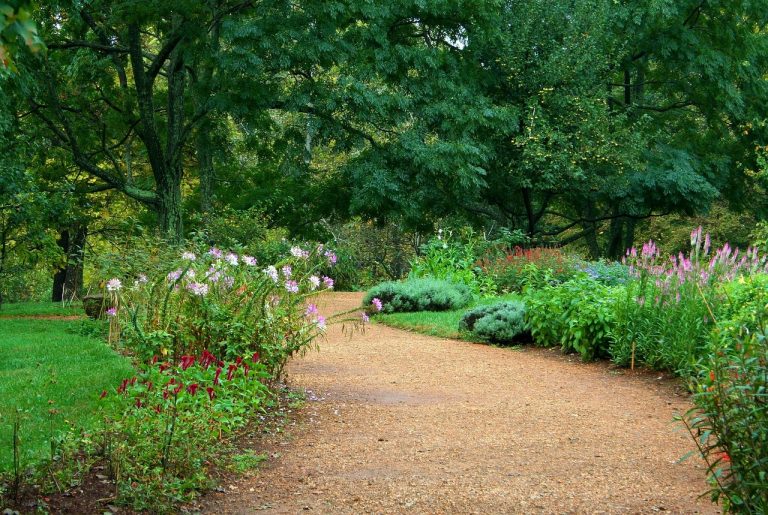
A Step-by-Step Guide to Building a Beautiful Garden Path
23 August 2025 -
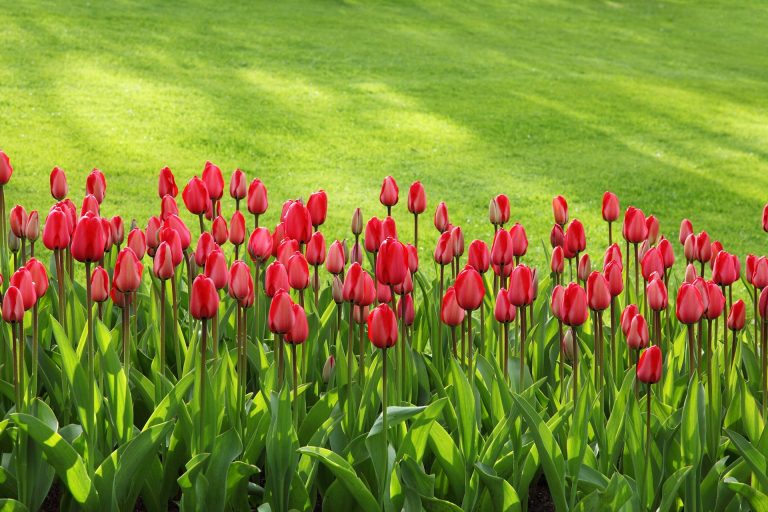
How to Select the Right Plants for Your Garden: A Complete Guide
23 August 2025
The Best Grasses for a Drought-Resistant Landscape.
With water conservation becoming a top priority for homeowners and gardeners alike, designing a drought-resistant landscape is more important than ever. One of the easiest ways to reduce your landscape’s water usage without compromising on beauty is by selecting drought-tolerant grasses. These resilient varieties are not only beautiful but also low-maintenance, requiring little water once established.
In this article, we’ll guide you through some of the best grasses that thrive in dry conditions, ensuring your landscape stays lush, vibrant, and sustainable year-round.
Why Choose Drought-Tolerant Grasses?
Drought-tolerant grasses are designed to handle periods of limited rainfall while maintaining their beauty and function. Here’s why they’re a fantastic choice for your garden:
Low Water Requirements: Once established, drought-tolerant grasses need minimal irrigation, helping you conserve water and reduce your water bills.
Durability: These grasses are built to withstand high temperatures, droughts, and poor soil conditions.
Eco-Friendly: By choosing drought-tolerant varieties, you’re making an eco-conscious choice that reduces the need for chemical fertilizers and pesticides.
Aesthetic Appeal: With their lush textures, vibrant colors, and seasonal interest, these grasses can still create stunning landscapes even in dry climates.
Now, let’s dive into the top drought-resistant grasses that can turn your garden into a water-wise oasis.
1. Blue Grama Grass (Bouteloua gracilis)
Best for: Xeriscaping, dry, sunny gardens
Blue Grama Grass is a native grass of North America that thrives in drought conditions, making it an excellent choice for low-water landscapes. With its fine, blue-green foliage and unique seed heads resembling eyelashes, it adds texture and visual interest to your garden.
Water Needs: Very low
Height: 12 to 24 inches
Growth Habit: Clumping, forming dense mats
Benefits: Blue Grama is perfect for xeriscaping, low-water gardens, and wildlife habitats. Its deep roots help it survive extreme droughts, and it’s great for erosion control.
Planting Tip: Blue Grama works well in naturalistic or prairie-style landscapes, where it can add movement and texture without much upkeep.
2. Buffalo Grass (Buchloe dactyloides)
Best for: Lawns, meadow-style gardens
Buffalo Grass is a warm-season grass that is renowned for its drought tolerance. It forms a soft, low-growing turf that requires minimal watering once established, making it a perfect choice for homeowners looking for an eco-friendly lawn alternative.
Water Needs: Extremely low
Height: 6 to 12 inches
Growth Habit: Spreads via stolons (runners), creating a dense mat
Benefits: Buffalo Grass is perfect for creating a natural, meadow-like lawn that doesn’t require regular mowing or fertilizers. It’s ideal for dry, hot climates.
Planting Tip: Plant Buffalo Grass in areas with full sun for the best results. It’s also great for native gardens and can be mixed with other drought-tolerant plants.
3. Bermuda Grass (Cynodon dactylon)
Best for: Warm-season lawns and sports fields
Bermuda Grass is widely used for lawns in hot, sunny climates. Its rapid growth and ability to withstand dry conditions make it a popular choice for regions where water is scarce. With its dense, carpet-like growth, it can tolerate high foot traffic and recover quickly from wear and tear.
Water Needs: Low to moderate
Height: 1 to 2 inches (when maintained as a lawn)
Growth Habit: Spreads through rhizomes and stolons, forming a thick mat
Benefits: Bermuda Grass is highly drought-tolerant and can stay green even in dry conditions. It’s great for lawns, play areas, and sports fields.
Planting Tip: Bermuda Grass thrives in full sun and requires little maintenance once established. It’s also an excellent choice for areas with high temperatures and limited rainfall.
4. Zoysia Grass (Zoysia spp.)
Best for: Warm-season lawns, high-traffic areas
Zoysia Grass is a popular grass variety for drought-prone regions because of its heat tolerance and minimal water requirements. It forms a dense, carpet-like lawn that resists pests and weeds while requiring far less water than traditional cool-season grasses.
Water Needs: Low to moderate
Height: 1 to 2 inches
Growth Habit: Dense, mat-forming
Benefits: Zoysia’s ability to withstand heat and drought, as well as its soft texture, makes it ideal for lawns and areas with high traffic.
Planting Tip: Zoysia grows best in full sun and should be mowed regularly to maintain its uniform appearance. It’s great for creating a lush lawn without constant watering.
5. Fescue (Festuca spp.)
Best for: Cool-season lawns in drought-prone areas
Fescue is one of the most versatile cool-season grasses, offering excellent drought resistance when compared to other cool-season varieties. Fine fescue, in particular, is a popular choice for dry, shaded, or marginally fertile areas.
Water Needs: Low to moderate
Height: 12 to 18 inches
Growth Habit: Clumping, forming dense tufts
Benefits: Fine fescue varieties like Creeping Red Fescue and Hard Fescue are great for low-water lawns, and they can even tolerate partial shade. They are perfect for creating drought-tolerant ground covers or lawns in cooler climates.
Planting Tip: Fescue is great for cooler climates but can also tolerate drought conditions better than most cool-season grasses. Mix it with other drought-tolerant plants for a more diverse and water-efficient garden.
6. Muhly Grass (Muhlenbergia capillaris)
Best for: Ornamental landscaping and accent plants
Muhly Grass is an ornamental grass that thrives in dry conditions. Known for its striking, airy flower heads that turn pink in the fall, it adds a soft, elegant touch to any landscape. It’s perfect for adding texture and color to drought-tolerant gardens.
Water Needs: Very low
Height: 3 to 4 feet
Growth Habit: Clumping, upright with feathery flowers
Benefits: Muhly Grass is incredibly low-maintenance and visually stunning. It provides seasonal interest with its pink plumes and is also great for attracting pollinators.
Planting Tip: Muhly Grass is perfect for planting in borders or as an accent plant. It thrives in full sun and is an excellent addition to any xeriscape or water-efficient garden design.
7. Little Bluestem (Schizachyrium scoparium)
Best for: Native and prairie gardens
Little Bluestem is a native grass that is perfect for dry, sunny locations. Its striking blue-green foliage transitions to red and orange hues in the fall, adding seasonal color to your landscape. It’s drought-tolerant, wildlife-friendly, and requires minimal care.
Water Needs: Low
Height: 2 to 4 feet
Growth Habit: Upright, clumping
Benefits: Little Bluestem is ideal for native gardens and prairie-style landscapes. It provides excellent wildlife habitat and requires little water once established.
Planting Tip: Pair Little Bluestem with other native grasses and wildflowers for a low-water, natural-looking garden that provides year-round beauty.
Conclusion
Choosing the right grass for your drought-tolerant landscape is essential for creating a beautiful and sustainable outdoor space. From the soft texture of Blue Grama Grass to the ornamental beauty of Muhly Grass, there are plenty of options that can thrive with minimal water and maintenance.
By incorporating these hardy, water-efficient grasses into your landscape, you’ll reduce your water usage, enhance your garden’s resilience to heat and drought, and create a stunning environment that’s both eco-friendly and beautiful.
Ready to transform your landscape into a water-wise haven? Contact our landscaping experts today to design a drought-resistant garden that suits your style and climate!
